Into the Woods - Postmortem (Design)
Well, I thought this day would come a lot slower...but hello for the last time from the design side of Into the Woods!
It has been such a journey, but it is that time to reflect on the good things, the less good things, and the overarching fantastic things in the development of this game! Before reading, I want to let you know that all throughout this log, I will be sprinkling in some of the things that we are so proud to have in our project so that you get little bits of visual cooldown among all the text. :D With that being said, let's get right to it!
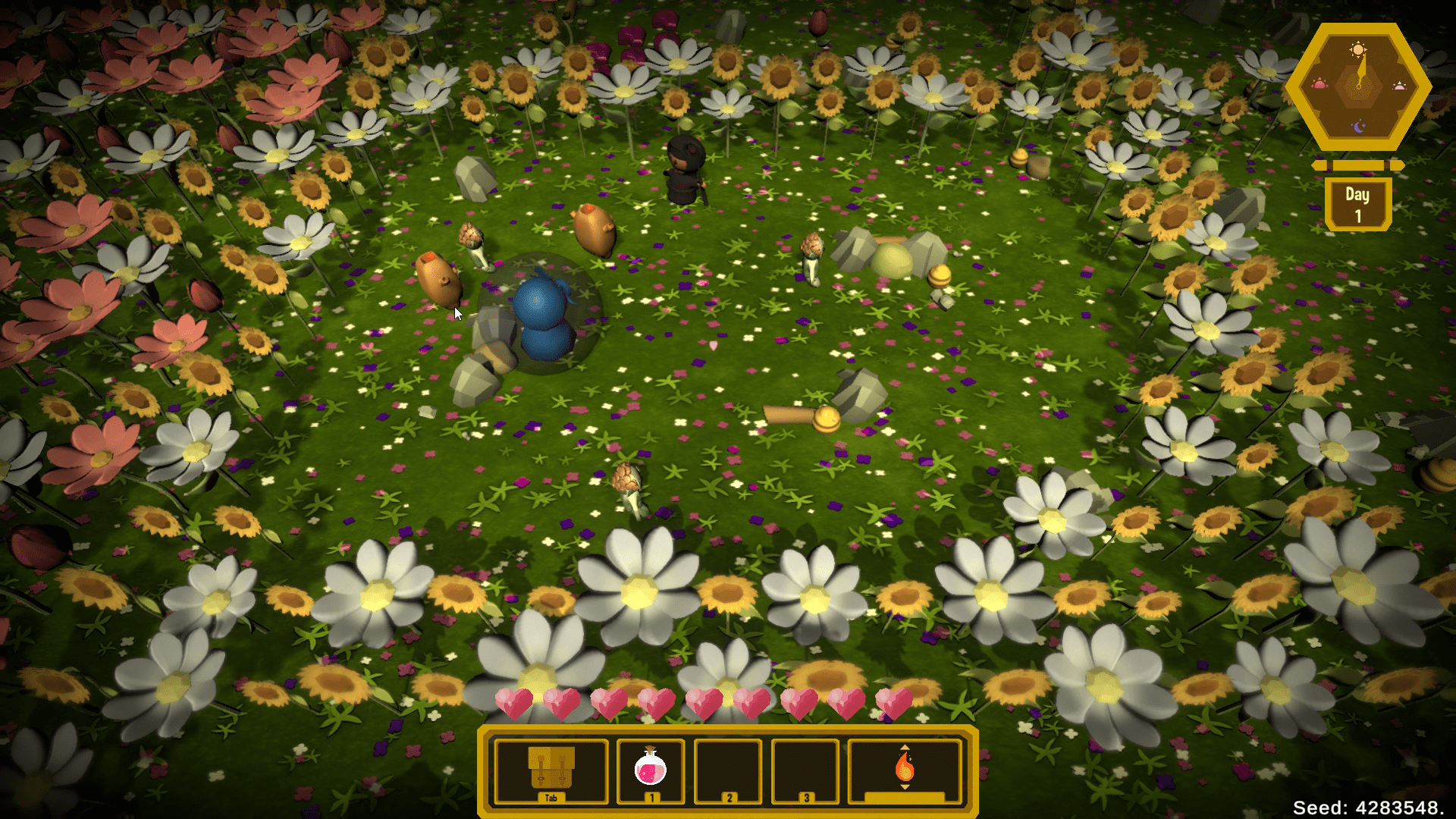
What went wrong?
First and foremost, the thing that went less than optimal was the initial forming and storming of the team. If you are wondering what we meant by this, it is based on Tuckman's Model of Group Development, the first two stages which are forming and storming. There were a lot of factors that went into this point, but, essentially, something that we learned is that there are positives and negatives to doing amazing things right at the start of a project. Because of all this project, it is super easy for people that are not pulling their weight to slip through the cracks. Nathan and I didn't notice this right away which led to storming in the group for a little bit longer than we had hoped. Though it all sorted itself out eventually, it can be a little bit difficult to move farther along in Tuckman's model if you are stuck in any one of the stages.
The next thing was that we didn't always have the whole plan. Through everything, we had a pretty solid vision and knew where we wanted to end up, but making sure that the cards were actually written out was part two. Sometimes we would forget things like the texturing of a model or the swapping of assets in the actual project. This led to some hiccups in the design process, the burndown, and the overall implementation of some features. The other thing too is that sometimes it was written out and had gotten lost on the board and the card was rewritten...which led to other problems with design, burndown, and overall implementation...
Finally, the last problem that we ran into was something that was (sort of) a good problem to have. Throughout the whole project, we had folks just absolutely bulldozing through cards; we would assign cards just as fast as they were being completed. As amazing as this sounds, it becomes a problem when you are looking at time calculation and the numbers on the burndown chart. Additionally, Nathan and I would generate milestones that we wanted to hit and the cards that went along with those milestones. When cards were smashed through, we ended up with this mad scramble to find cards that we had not initially planned for and a little bit of a skew in the prioritization of things in the backlog. The other sub-note on that was that we didn't have a total prioritization in place either which became an issue when we were in this mad scramble.

What went right?
There is such a long list of the things that went right that it was hard to narrow it down to just a few. The first thing for sure though was that since Day 1 of the project, we were knocking is out of the park! Even from the very first build, it was very apparent that there was as vision in place and we knew where we were going with the project. It's a super fun comparison, I went back to look at the look of the first build and though there were some minor color changes and some additional elements sprinkled in, there is not much of a difference in the overall look of the game and where we went with it. That is something that I am so super proud of my team for.
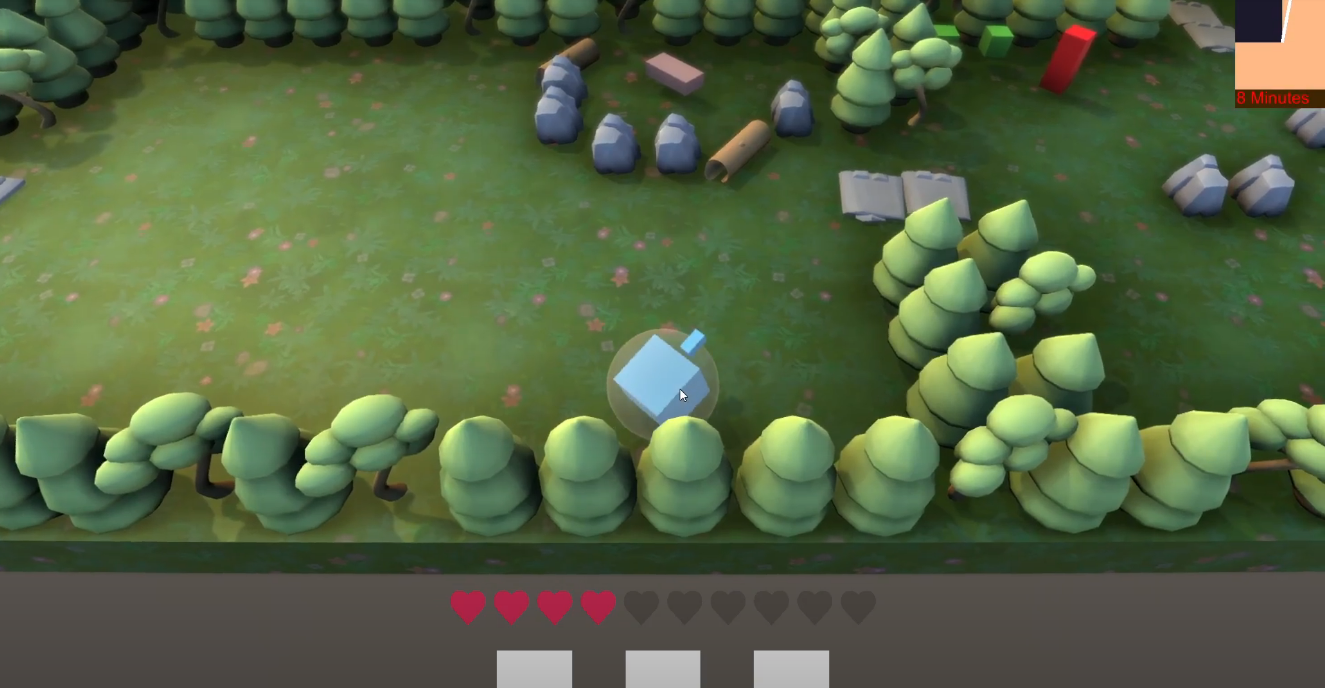

The next thing that I am happy to say went right (on a similar note) is that we always had a plan and a vision. Building milestones for the game along the way was something that helped Nathan and me guide the cards and the tasks that we needed to be accomplished by each build. This also helped when we needed to scope the project down later on! Though there is not much missing in that final build of our game, it was a task that was immensely easier to do because we had a plan in place. The other thing that we can lump into this is that the team made it easy to know if something was feasible. When we would ask them how long something would take, they would be (mostly) honest with us and this allowed us to block out those milestones and make the game happen.
Finally, the thing that Nathan and I are so proud of is our fantastic team and the collaborative efforts that went into the making of the game. Even if we had some initial storming, the team member support was off the charts and our whole team really hit a groove with each other. Between all the teams, there was so much collaboration and everyone had worked so well together. Seeing folks asking each other questions and bouncing around in voice channels are things that were frequent occurrences. This led to great products like the spell effects, the floral forest, and the overall visual look of the game.

What would we do differently?
Hindsight is always 20/20 and that being said, there are definitely some things that we would do differently if we were given the opportunity to do it again. Firstly, spending a little bit more time on the initial Trello formation would really help to make sure that we are planning things out completely and have a solid progression of every task we have put in place. This would help to mitigate that scramble to find cards and also, prioritizing that backlog really aids in "getting the right thing done at the right time".
The next thing we really found we need to push sooner is having a deadline before a build night. Late nights are never positive, especially when you are in a time of crunch. Not only do late nights make people irritable, but honestly, the best work is not always made in those late-night hours. If things were done beforehand, it would allow a quick build to happen and make sure that we are getting some good rest for everyone involved.
Lastly, the thing that we really needed to push was establishing super-specific naming conventions earlier on in the project. We did have them later, but at that point, it was a little bit past the point of no return. The other thing was getting more Unity packages out of people...that also followed those super-specific naming conventions. Dragging and dropping things into projects makes everything so much easier it is not even a funny thing...
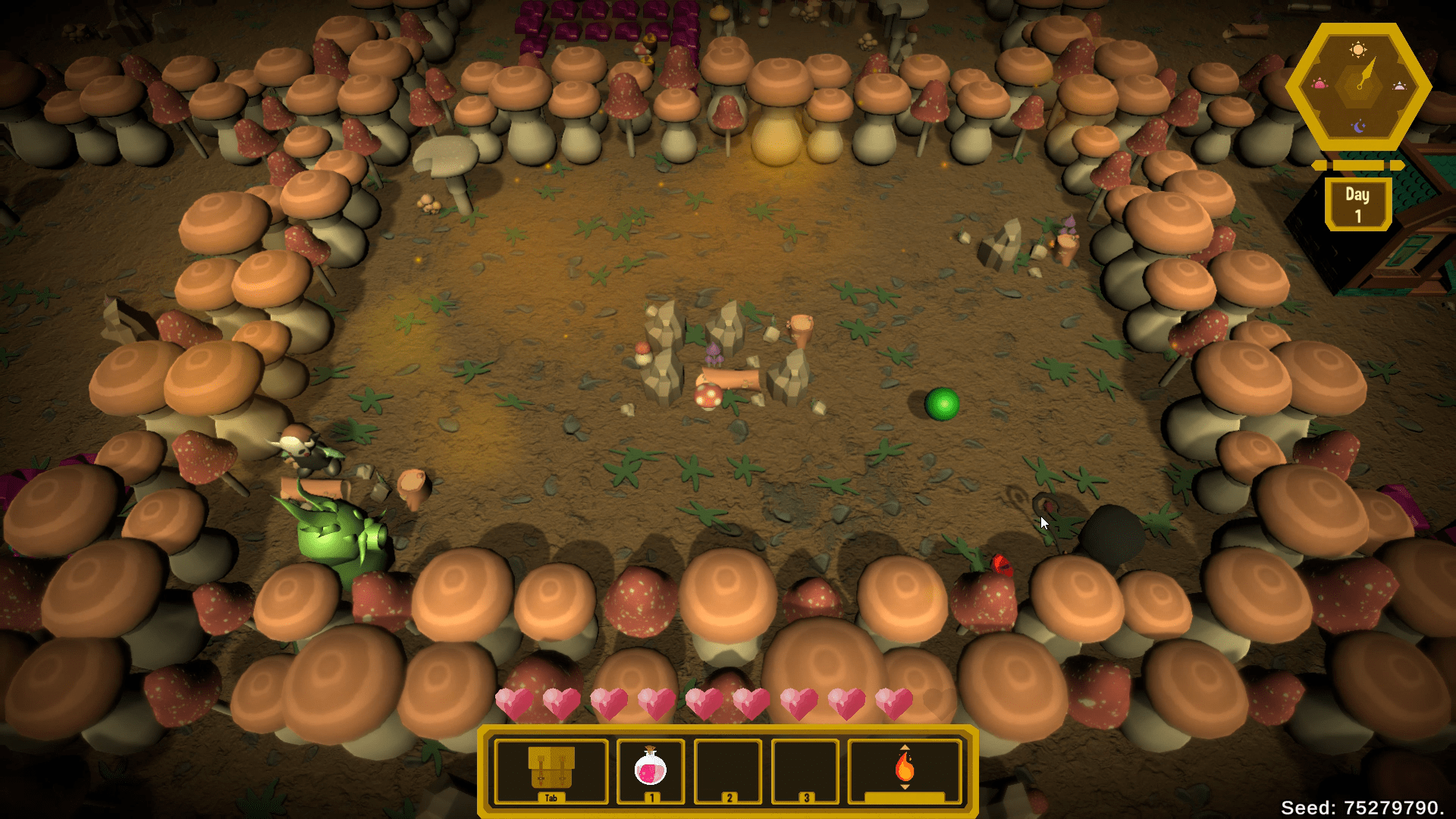
What would we do again?
We loved this team and all that they made. That being said, making sure that we are keeping up that idea of team comradery and also encouraging that team to practice self-care is such an integral part of why we were successful in this project. By all means, how many teams can say that they played on a Minecraft server together and fought the Ender Dragon? It was such a huge concept for Nathan and I that we wanted a team that would be both healthy in their work and their mental health. What we were left with was a supportive team and a (relatively) happy team...and we love that.
The other thing that we definitely would do again is making a plan and sticking with the plan. Having a path that you are set on really makes a difference, especially with a project that moves as fast as this one. The other things that were successful here were encouraging folks to ask questions and also collecting huge banks of references,, having a solid Game Design Document, and even having a Pinterest board! All of these things come together to make a solid plan that makes the overarching design of the game come together cohesively.
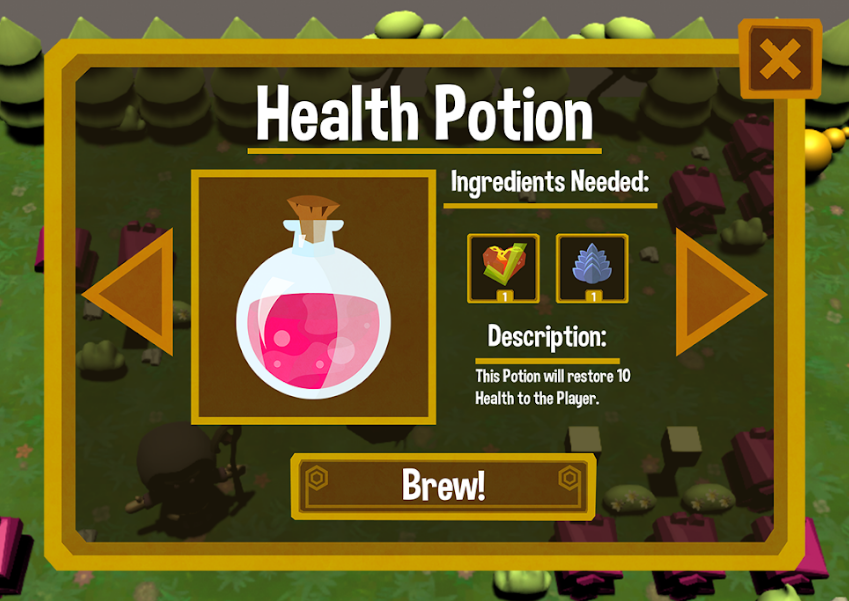
What did I learn?
I feel like I could write a book with the amount of knowledge that I gained this semester. It was a difficult one for me in particular because I really had no prior experience with anything that I was getting myself into. First of all, I learned what it means to be a designer. I am a super special case in that I didn't have much knowledge in what it means to make a game and what it means to be the soul vision holder for everything. That was something that took a lot of getting used to because I had to have all the answers to how this game was supposed to turn out.
This leads me to my next point in that it took a lot for me to figure out how to express the vision that I have in my head. My background is in 2D art and the only way that I really know how to express my thoughts is by drawing them out on paper or in a Photoshop document. I didn't really have time to make that a thing, especially because of the quick turnaround of everything in this project. Learning what the heck a Game Design Document is and how to accurately articulate what I want in words was something that I not only felt that I thrived in but also had to learn.
Finally, the biggest lesson that I learned here was the importance of walking away. This was something that was so, so difficult for me because when I mean walking away, I don't mean taking breaks. I knew the importance of taking breaks (though I rarely do it...but that's another story). What I mean by walking away is the importance of actually stepping away from the project and letting it be what it is. I would consider myself a huge perfectionist and when I would stare at the project for hours on end, I would find so many things to nitpick and not feel like they were good enough. It took me a long time to actually just let it go. This was not because I wanted to be complacent, but it was because I knew that we would never have a final product if I just kept making edits and wanting more things out of people. However, at the end of the day, I am so proud of the work that my team put in and couldn't be happier with everything that I had envisioned coming to life.

Lasting Comments
It feels surreal to be saying it, but the project is over! We did it! It was a journey to get here, but as I said before, I could not be more proud and elated to be bringing you the game that you have in front of you. My team deserves all the praises in the world because they were the ones that made it all happen. The hard work that they put in really paid off in the end and they make me the happiest person in the world.
It is such a humbling and beautiful thing to have the thing that you made come to life and to see it all in one place is so amazing. I want to give a huge thank you to my team and everything that they have done to make this semester and this project wonderful. I would also like to thank all of you for reading this and for coming along on this journey. I hope that you get the opportunity to play the game and I hope you love all the things that are in it.
For the last time, that is it and I cannot wait to see where the future takes my teammates and even myself.
Here is a cheer for the next adventure!
From our team to you, thank you! 🧙♂️
-Into the Woods Dev Team
Get Into The Woods
Into The Woods
Will you step up to recover what you lost, or will you remain lost in the woods?
| Status | In development |
| Author | CAGD |
| Tags | Dungeon Crawler, Exploration, Fantasy, Magic, random-generation, Roguelike, Singleplayer, Top-Down, Unity |
More posts
- Design Blog 6 - Into the WoodsMay 24, 2021
- Production Blog 7- Into the WoodsMay 22, 2021
- Production Blog 6- Into the WoodsMay 06, 2021
- Production Blog 5- Into the WoodsApr 22, 2021
- Design Blog 5 - Into the WoodsApr 22, 2021
- Production Blog 4- Into the WoodsApr 08, 2021
- Design Blog 4 - Into the WoodsApr 05, 2021
- Production Blog 3- Into the WoodsMar 25, 2021
- Design Blog 3 - Into the WoodsMar 25, 2021
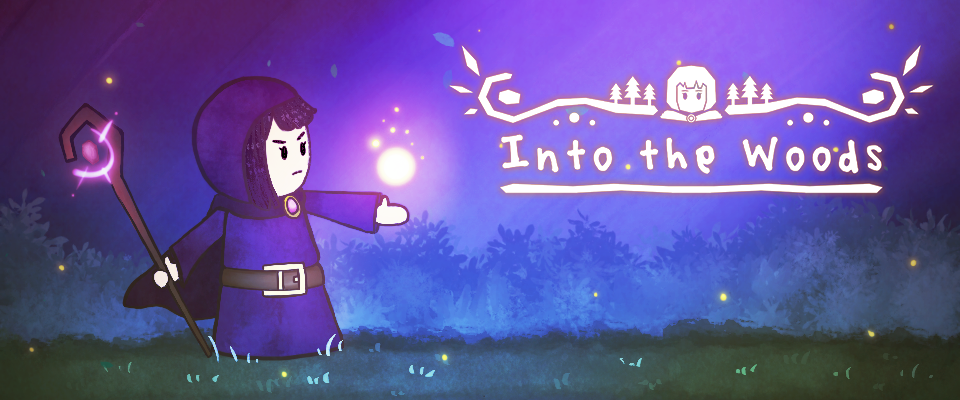
Leave a comment
Log in with itch.io to leave a comment.